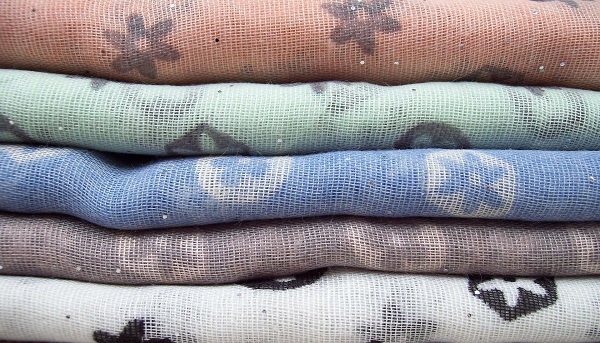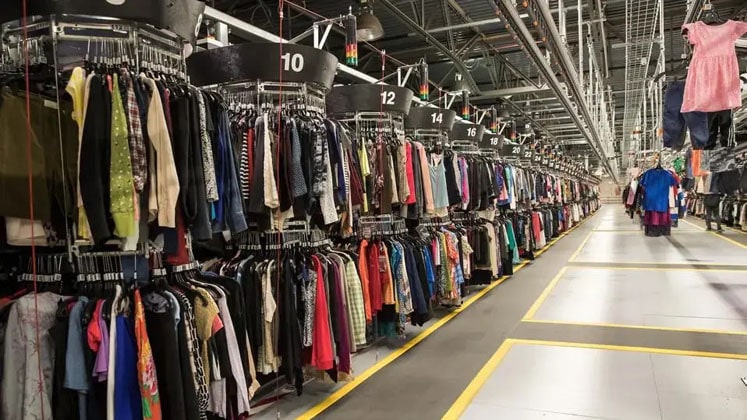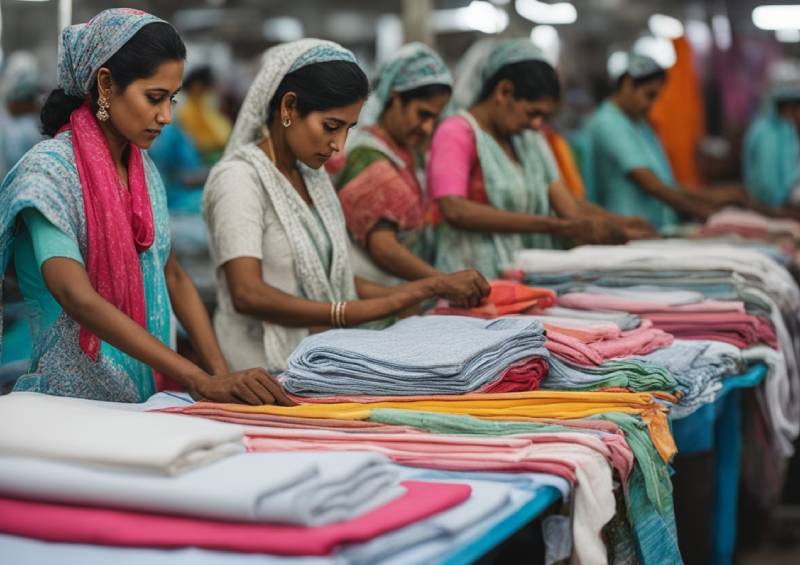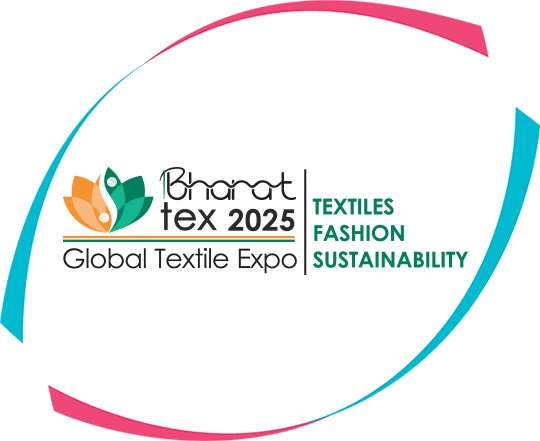
Man-made fibers are a favorite choice amongst Indian weavers and spinners and it is expected that in the short term, the market will be driven by demand for viscose fiber from the fashion apparel sector. Analysts feel although the growth of synthetic fibers, in general, may hamper market expansion of viscose fibers in particular, there will be more future market opportunities from the growing usage of these fibers in the medical sector. However, the Asia-Pacific region is still strong in the man-made thread market and is also estimated to record the fastest CAGR over the next few years.
VSF and VFY demand is expected to rise soon
According to a recent insight report by the CCF Group- a leading consultancy and data provider group in China -the January-February beginning of 2023 has not been very promising for Indian markets as the export performance of VSF, VFY, and rayon yarn has been rather unsatisfactory. Export of VSF was only 35.4kt which was a year-on-year decrease of 37.52 per cent that hit new lows since 2017, while the export of VFY was 13.6kt, which was a 8 per cent year-on-year decrease than the same period in 2021 at 15.5 per cent.
Export of rayon single yarn was around 15.5kt, a year-on-year decrease of 16.6 per cent, and falling 44.4 per cent compared with the same period in 2021. Export of polyester/rayon yarn was 6.778kt, a year-on-year decrease of 16 per cent . Analysts remain unsure whether it is a short-term or a long-term trend, as these low export figures don’t look optimistic even in March, it remains to be seen whether the major viscose consumer markets will warm up after Ramadan after a sharp decline in exports. In a post-Covid unstable market, recent problems such as the earthquake in Turkey, foreign exchange tension in Pakistan and Ramadan in India have all negatively affected the viscose market.
However, the increase in the trade volume of polyester products is a little more than that of viscose products. Lower consumption levels in all links of the end-user market to the upper sections of the industrial chain, using a lower grade of raw materials to bring down costs and ensure profit margins of manufacturers and the gradual maturing of the weaving and dyeing industry in Southeast Asian countries, have all affected the viscose and man-made fiber market.
Rise in cotton prices increased viscose use in garments
According to Textile Value Chain (TVC), viscose staple fiber imports into India have increased significantly in previous years. With prices of cotton having reached an all-time high in April 2022, garment manufacturers moved away from cotton and towards viscose, causing imports to soar to a new high last year. All through the 11 months of January-November 2022, India imported 93.071 million kg of viscose worth $221.348 million and viscose imports also surged in value and volume by more than 50 per cent. Indonesia was the main provider while accounting for 29.57 per cent of the total imports, followed by Austria, Hong Kong, China and Singapore as the main five suppliers.
Even though India has a tiny 4-5 per cent market share in the textile industry globally, it is still the second largest employment segment with over 35.22 lakh handloom workers. Within the textile sector, man-made fibre market is slowly becoming an emerging sub-section, especially in the rise in demand for technical and medical textiles in post-covid times. With the high prices of cotton, many weavers and spinners have started blending man-made fibres with cotton and other raw materials to stay cost competitive.
Moreover since cotton growth is dependent on geographical factors such as weather conditions and crop yields, fibres such as viscose and polyester are great alternatives to spinners in lull periods. They are also extremely flexible and durable and can endure high-tech machinery with multiple uses in apparel manufacturing due to having hydrophobic properties.
As Indian small-scale spinning and weaving industries benefit from the world’s shift away from China, it is time for man-made fiber production to be pushed to the top of the export basket, with a sophisticated end-to-end supply chain and government help in this segment.












